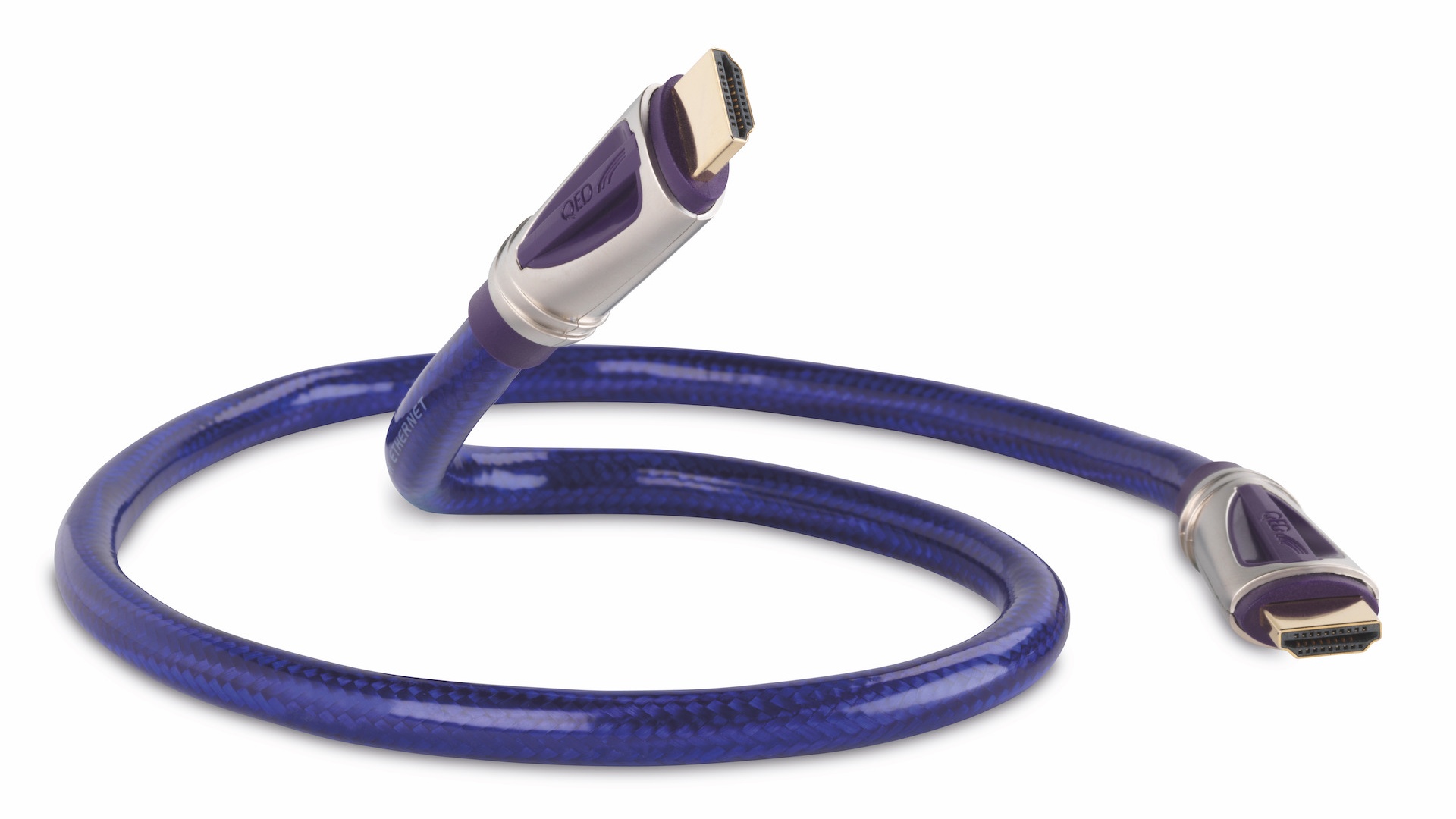There's a big change coming to HDMI cables – here's how to take advantage
The tidy cable run of your dreams may soon be a reality

An amendment to the specification for HDMI 2.1a was announced yesterday, which introduced a new feature called HDMI Cable Power, enabling users to use HDMI cables that are much longer than are currently supported, without the need for a separate power connector.
HDMI Cable Power will overcome the limitation of HDMI 2.1's Fixed Rate Link signalling system, which delivers ultra-fast, high bandwidth signals but can only be preserved for short distances, meaning that passive cables are restricted to just a few metres in length.
Previously the only way to overcome this constraint was to use active HDMI cables, which employ an amplifier to boost the signal allowing it to be maintained for longer distances without degradation, and are typically found in professional settings.
Whereas active HDMI cables require a separate power supply fed from an external source, HDMI Cable Power cables can draw up to 300 mA from the 5V supply of a source directly from the HDMI connector, allowing for less convoluted cable runs in home cinema systems.
However, like active HDMI cables, HDMI Cable Power cables will be one-directional, with a specified source and output. According to the HDMI website: "One end of the cable is specifically labelled for attachment to the HDMI Source (transmitting) device, and the other end of the cable must be attached to the HDMI Sink (receiving) device. If the cable is attached in reverse, no damage will occur, but the connection will not work."
HDMI Cable Power will be available for all categories of HDMI cable, but for ARC/eARC support, you'll want to look out for cables labelled as Ultra High-Speed HDMI Cable, Premium High-Speed HDMI Cable with Ethernet, High-Speed HDMI Cable with Ethernet or Standard HDMI Cable with Ethernet.
To make use of HDMI Cable Power, you need to have both an HDMI cable and an HDMI source device that supports the feature. We're yet to see any products announced that include it, but it's worth noting that new HDMI cables with Cable Power will ship with a separate power connector, normally a USB Micro-B or Type-C, for use with non-compatible source devices.
The latest hi-fi, home cinema and tech news, reviews, buying advice and deals, direct to your inbox.
More
Any HDMI connection can now be labelled as HDMI 2.1, and that's not okay
This is what HDMI 2.1 meant before all this nonsense: HDMI 2.1 explained
Mary is a staff writer at What Hi-Fi? and has over a decade of experience working as a sound engineer mixing live events, music and theatre. Her mixing credits include productions at The National Theatre and in the West End, as well as original musicals composed by Mark Knopfler, Tori Amos, Guy Chambers, Howard Goodall and Dan Gillespie Sells.
